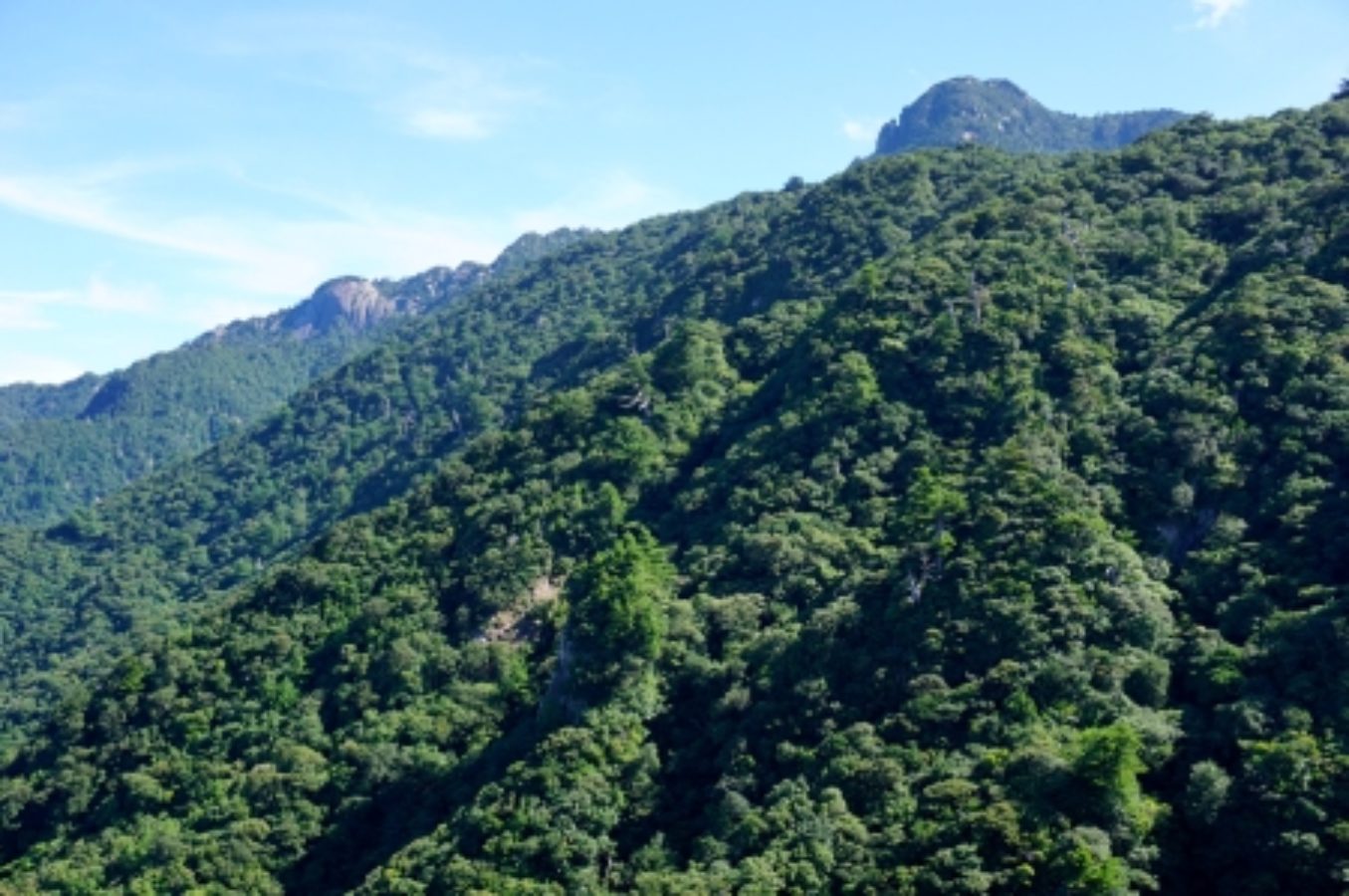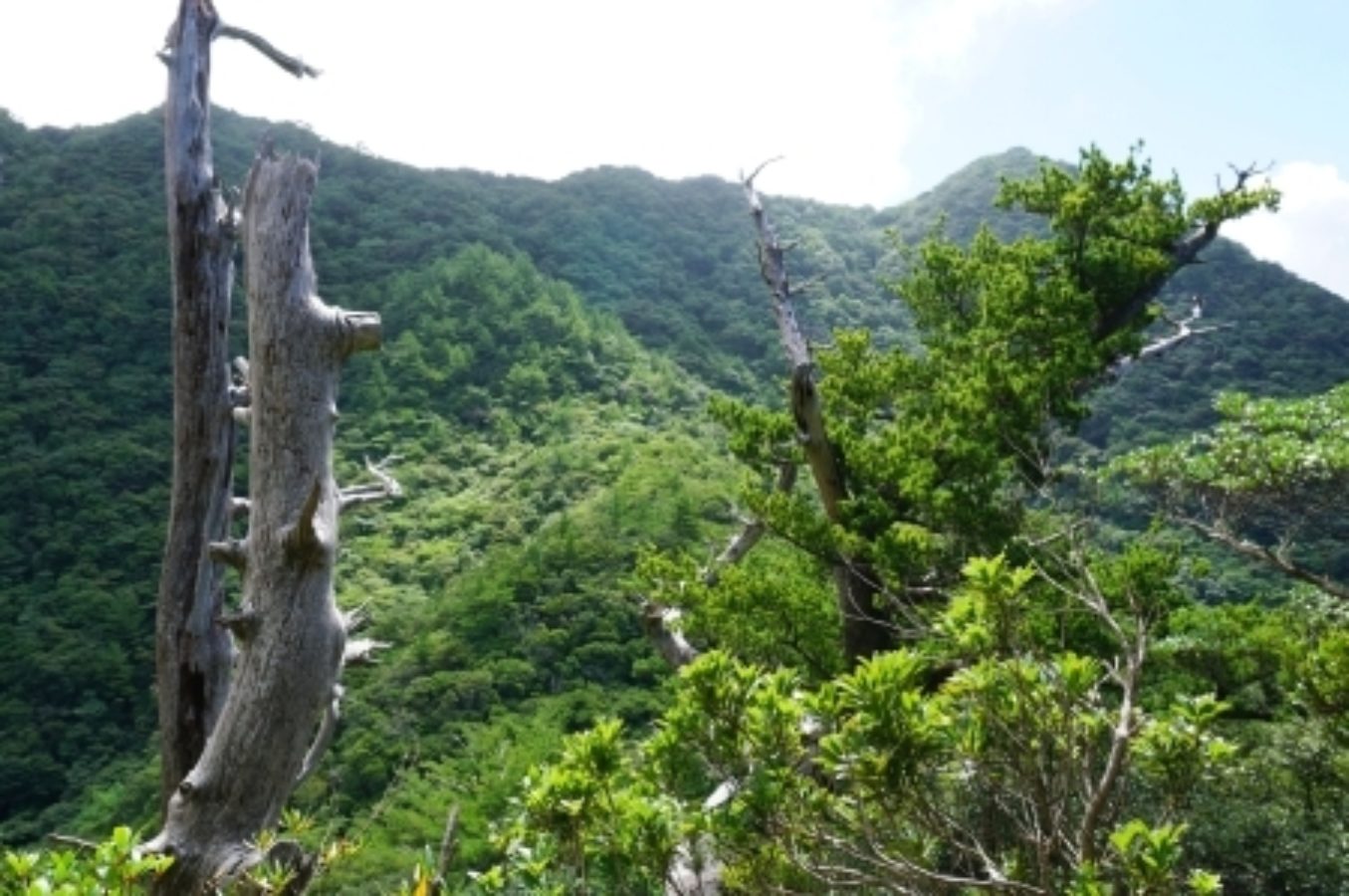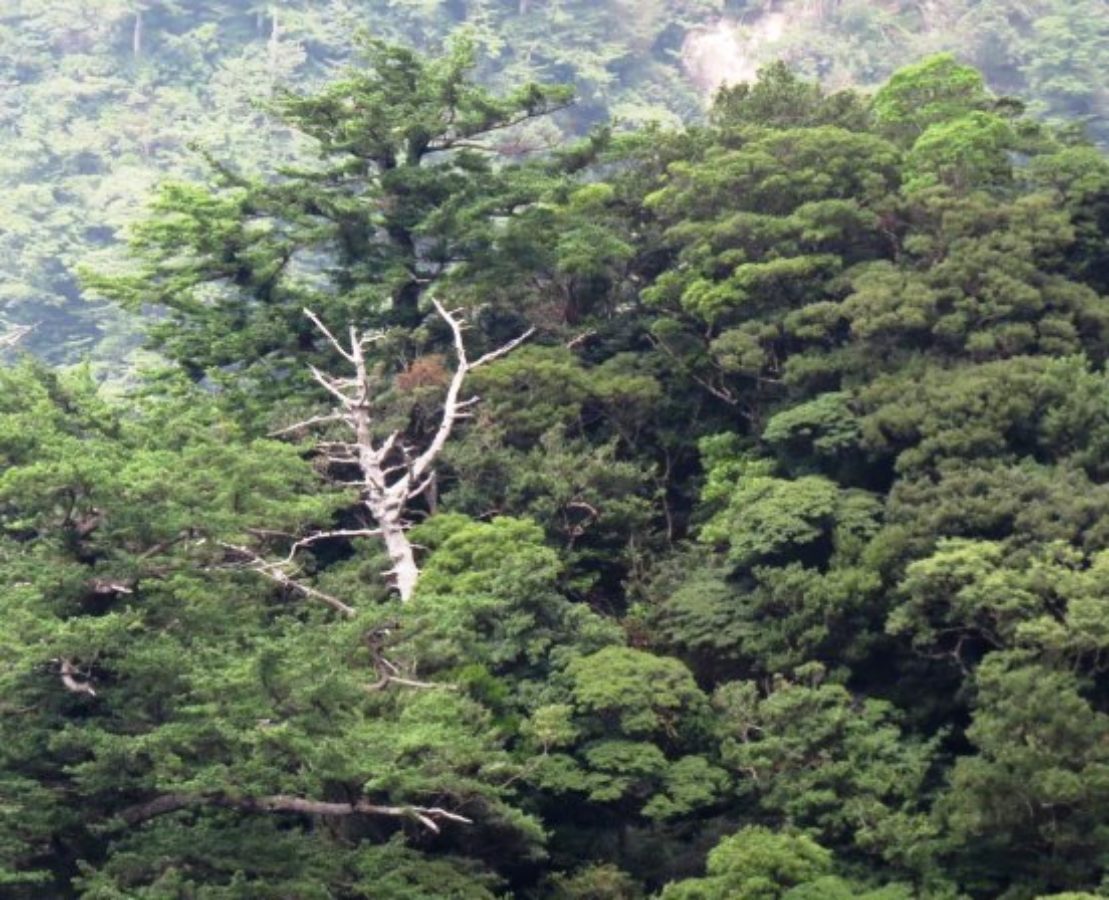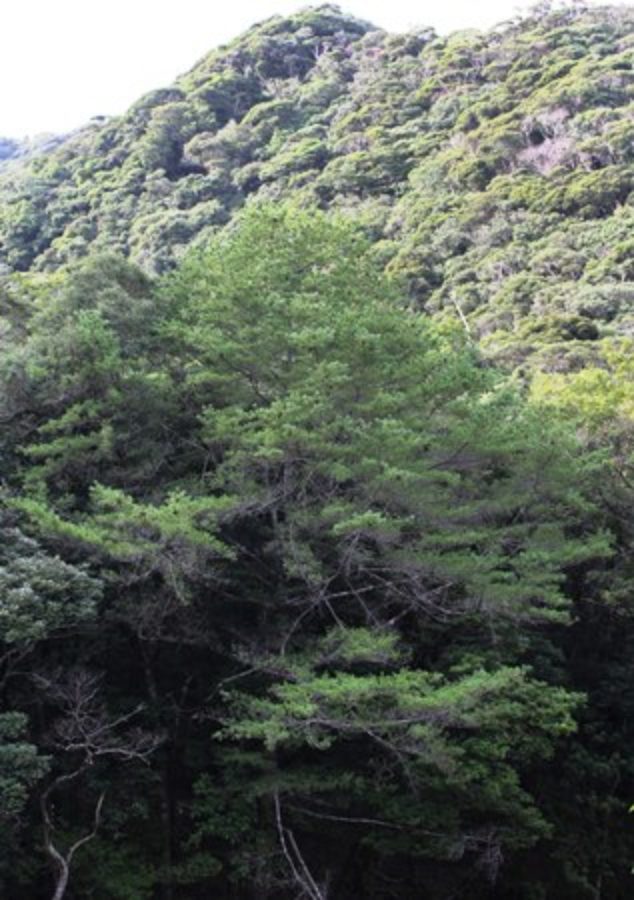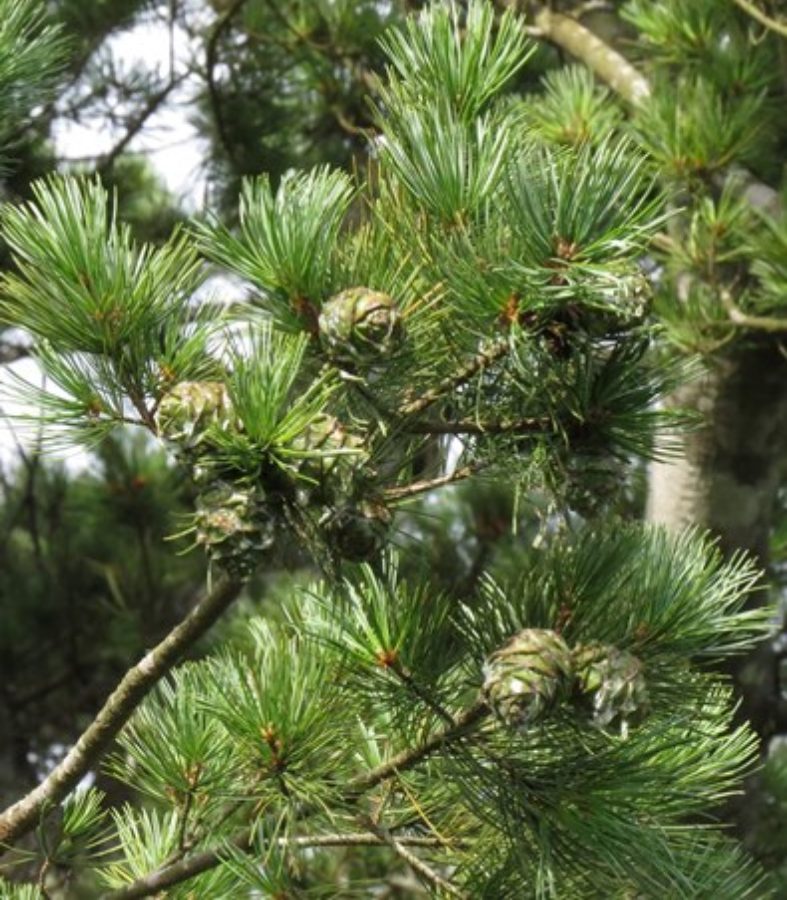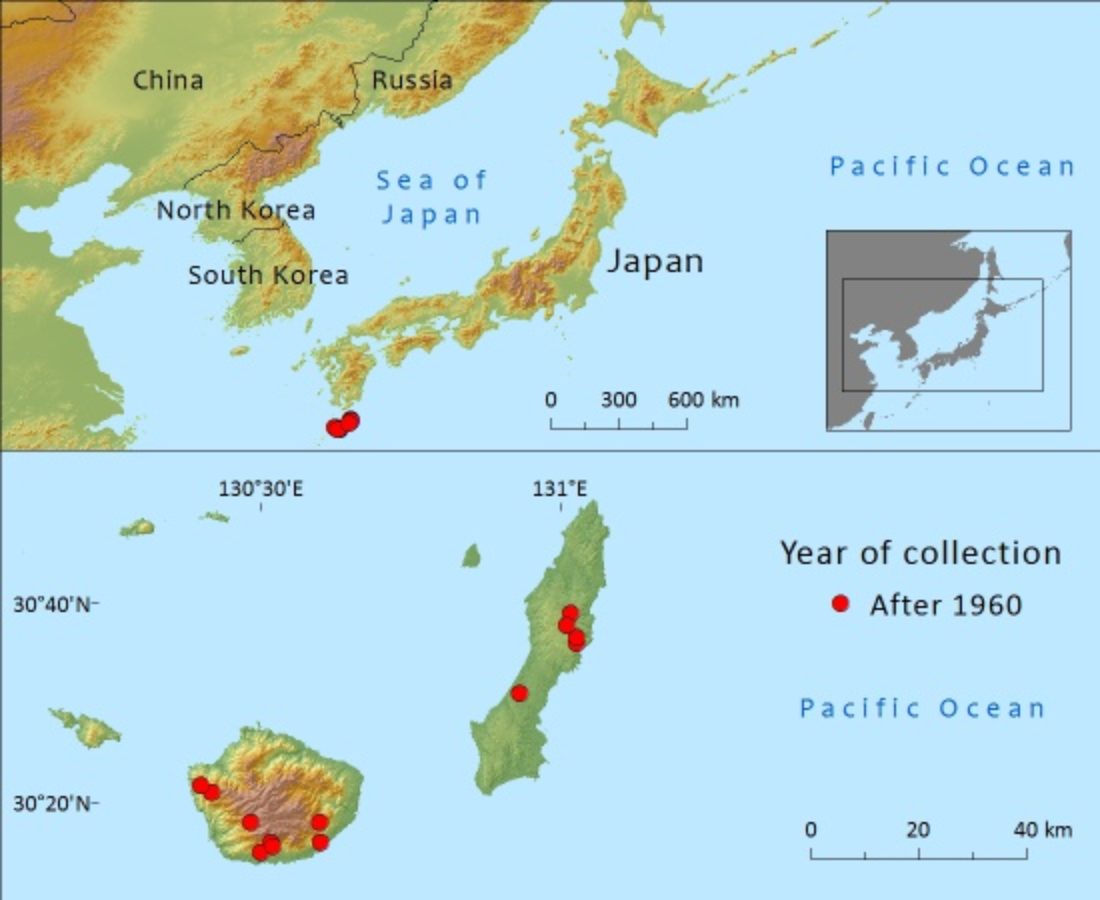Pinaceae
Pinus amamiana
Endemic to Japan where it was formerly exploited for its timber but more recently the population has been much reduced by pine wood nematodes accidentally introduced from the U.S.A.
Description
Taxonomic notes
The relationship of this species with the very similar species P. armandii, P. fenzeliana and P. morrisonicola and the infraspecific taxa in this group of East Asian pines belonging to subsection Strobus is in need of further investigation using DNA sequence data. Pinus amamiana may be most distinct in its cones and seeds, which seem to be more morphologically adapted to seed dispersal by birds and rodents, with small cones and relatively large, virtually wingless seeds. However, from DNA analysis of other pines with such cones (e.g. P. albicaulis and P. cembra) strong selective pressure has determined the evolution of these adaptations and they are not necessarily good indicators of phylogenetic relationships.
Human Uses
No recent uses have been recorded of this species; in the past its timber was exploited and used locally for construction, carpentry and wooden canoes for fishermen. It is reported to be very rare in cultivation, but since it has frequently been referred to as P. armandii var. amamiana or even equated with that species (as it was considered by E. H. Wilson, 1916), there may be trees in collections (arboreta etc.) that are misidentified. It may be somewhat more common in Japanese gardens.
References and further reading
- Akiba, M. & Nakamura, K. (2005). Susceptibility of adult trees of the endangered species Pinus armandii var. amamiana to pine wilt disease in the field 10(1):3–7
- Hosoi Y., Ishii K. (2001). Somatic embryogenesis and plantlet regeneration in Pinus armandii var. amamiana. In: Morohoshi N., Komamine A. (Eds.). Molecular Breeding of Woody Plants, Elsevier Science B. V. Amsterdam – Tokyo: 313–318
- Kanetani, S., Akiba M., Nakamura, K., Gyokusen, K. & Saito, A. (2001). The Process of Decline of an Endangered Tree Species, Pinus armandii Franch. var. amamiana (Koidz.) Hatusima, on the Southern Slope of Mt. Hasa-dake in Yaku-shima Island. 6:(4): 307–310
- Kanetani, S., H. Ikegame, K. Tetsuka, M. Terakawa, T. Yumoto 2004. A new population of Pinus armandii Franch. var. amamiana (Koidz.) Hatusima on Tanega-shima Island, southwestern Japan. Japanese Journal of Conservation Ecology 9(1):77-82.
- Kanetani, S., Kawahara, T., Kanazashi, A. & Yoshimaru, H. (2004). Diversity and conservation of genetic resources of an endangered five-needle pine species, Pinus armandii Franch. var. amamiana (Koidz.) Hatusima. USDA Forest Service Proceedings RMRS-P-32; 188–191.
- Kanetani, S., Kikuchi, T., Akiba, M., Nakamura, K., Ikegame, H. & Tetsuka, K. (2011). Detection of Bursaphelenchus xylophilus from old discs of dead Pinus armandii var. amamiana trees using a new detection kit. Forest Pathology 41: 387–391.
- Katsuki, T. & Farjon, A. (2013). Pinus amamiana. In: IUCN 2013. IUCN Red List of Threatened Species. Version 2013.1. <www.iucnredlist.org>. Downloaded on 13 July 2013.
- Kubojima, Y., Kanetani,S., Fujiwara,T.,Suzuki,Y., Tonosaki, M., Yoshimaru, H & Ikegame, H. (2008). Radial variations of wood properties of an endangered species, Pinus armandii var. amamiana. Journal of Wood Science 54(6):443–450
- Ishii K., Hosoi Y., Maruyama E., Kanetani S. & Koyama T. (2004). Plant regeneration from mature embryos of endangered species Pinus armandii Franch. var. amamiana (Koidz.) Hatusima. Journal of Society of High Technology in Agriculture 16: 71–79.
- Nakamura, K., Akiba, M. & Kanetani, S. (2001). Pine wilt disease as promising causal agent of the mass mortality of Pinus armandii Franch. var. amamiana (Koidz.) Hatusima in the field. Ecological Research 16: 795–801.
